Introduction: Korean Grammar ‘-아/어 놓다’
Learning Korean grammar can be challenging, but breaking it down into manageable lessons can make it easier. Today, we will explore the grammar pattern ‘-아/어 놓다,’ which is used to indicate that an action has been completed and left in that state. This lesson will help you understand and use this form effectively.
Learn Korean with JAEM Korean App: Improve your Korean with our app through free lessons and courses. And also, Join our 4-week challenge program to progress from upper-beginner to master level with Native Korean Coaches.
AI Writing Practice Program: Enhance your writing skills with JAEM TOPIK, our AI-powered practice program. Get personalized feedback and TOPIK tips to elevate your Korean writing.
Our Book: Don’t miss out on our comprehensive book that covers essential Korean language skills and strategies.
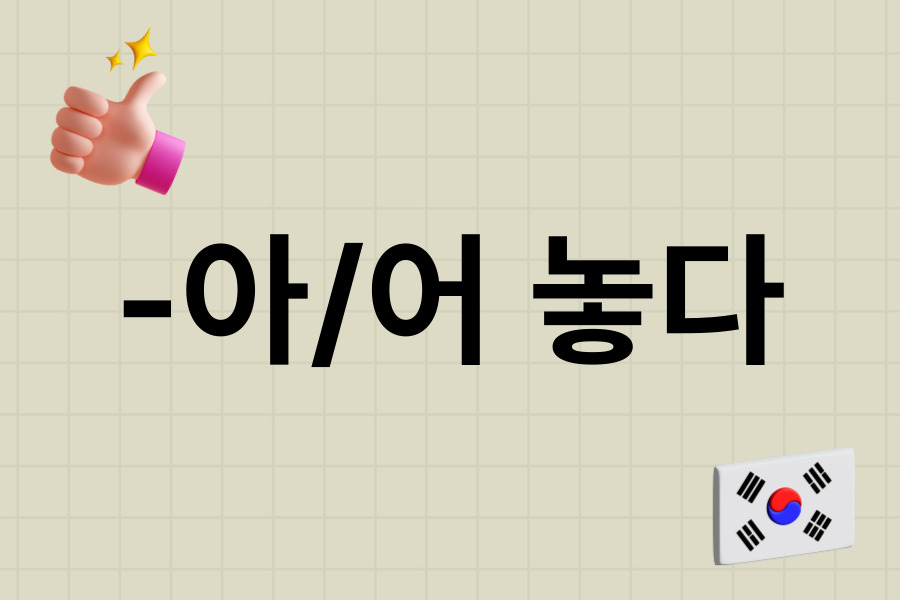
Jump to:
Grammar Explanation: -아/어 놓다
The grammar pattern ‘-아/어 놓다’ is used to express that an action has been completed and the result is left as is, similar to “do something and leave it that way” in English. The ending depends on the vowel in the verb stem.
Formation:
- If the stem has a bright vowel (ㅏ or ㅗ), add ‘-아 놓다.’
- If the stem has a dark vowel (any other vowel), add ‘-어 놓다.’
- If the verb stem ends in 하다, it changes to 해 놓다.
| Verb | Stem | Form | Example Sentence |
|---|---|---|---|
| 열다 (to open) | 열 | 열어 놓다 | 문을 열어 놓았어요 (I opened the door and left it open) |
| 두다 (to place) | 두 | 두어 놓다 | 책을 책상 위에 두어 놓았어요 (I placed the book on the desk and left it there) |
| 하다 (to do) | 하 | 해 놓다 | 일을 다 해 놓았어요 (I finished the work and left it done) |
Examples
Verb Examples:
- 닫다 (to close)
- 닫아 놓다 = To close and leave it that way
- 창문을 닫아 놓았어요 = I closed the window and left it closed.
- 쓰다 (to write)
- 써 놓다 = To write and leave it that way
- 편지를 써 놓았어요 = I wrote the letter and left it written.
- 만들다 (to make)
- 만들어 놓다 = To make and leave it that way
- 저녁을 만들어 놓았어요 = I made dinner and left it ready.
- 청소하다 (to clean)
- 청소해 놓다 = To clean and leave it that way
- 방을 청소해 놓았어요 = I cleaned the room and left it clean.
Additional Examples:
- 열다 (to open)
- 열어 놓다 = To open and leave it that way
- 문을 열어 놓았어요 = I opened the door and left it open.
- 준비하다 (to prepare)
- 준비해 놓다 = To prepare and leave it that way
- 회의를 준비해 놓았어요 = I prepared the meeting and left it ready.
- 설거지하다 (to do the dishes)
- 설거지해 놓다 = To do the dishes and leave it that way
- 설거지를 다 해 놓았어요 = I did the dishes and left them clean.
- 저장하다 (to save/store)
- 저장해 놓다 = To save/store and leave it that way
- 파일을 저장해 놓았어요 = I saved the file and left it stored.
Usage in Context
When using ‘-아/어 놓다’ in different contexts, it emphasizes that the action has been completed and the result is maintained.
Everyday Contexts:
- 불을 켜 놓았어요 = I turned on the light and left it on.
- 옷을 준비해 놓았어요 = I prepared the clothes and left them ready.
- 컴퓨터를 켜 놓았어요 = I turned on the computer and left it on.
Special Occasions:
- 음식을 미리 만들어 놓았어요 = I prepared the food in advance and left it ready.
- 숙제를 다 해 놓았어요 = I finished my homework and left it done.
- 방을 미리 청소해 놓았어요 = I cleaned the room in advance and left it clean.
Cultural Insight: In Korean culture, using ‘-아/어 놓다’ emphasizes preparedness and forethought. It is often used to show that one has completed necessary actions in advance and left things in a state of readiness.
Common Mistakes
Common Mistakes:
- Incorrect: 열어 놓았다 (Incorrect form of past tense)
- Correct: 열어 놓았어요 = I opened it and left it open.
Mistake Explanation: Ensure that the correct form ‘-아/어 놓다’ is used with proper conjugation in context.
Related Grammar Points
Explore these related grammar points to deepen your understanding:
- -고 있다: To indicate ongoing actions.
- -아/어 두다: Similar to ‘-아/어 놓다,’ but with a nuance of keeping something in a certain state.
- -아/어 있다: To express a continuing state.
- -아/어 보다: To try doing something.
Practice Exercises
Practice Makes Perfect!
- Exercise 1: Conjugate the following verbs with ‘-아/어 놓다.’
- 열다 (to open)
- 쓰다 (to write)
- 준비하다 (to prepare)
- 정리하다 (to organize)
Answer Key:
- 열어 놓다
- 써 놓다
- 준비해 놓다
- 정리해 놓다
- Exercise 2: Create sentences using ‘-아/어 놓다’ for the following situations:
- I cleaned the room and left it clean.
- She wrote the notes and left them written.
- They prepared the presentation and left it ready.
- We turned off the lights and left them off.
Answer Key:
- 방을 청소해 놓았어요.
- 그녀는 노트를 써 놓았어요.
- 그들은 발표를 준비해 놓았어요.
- 우리는 불을 꺼 놓았어요.
Download the workbook for more exercises and practice.
Summary and Conclusion
Today, we covered the grammar point ‘-아/어 놓다’ and how to use it to express completed actions that are left in a certain state. This pattern is essential for conveying preparedness and maintaining results. Continue practicing with our workbook and check out related lessons for more in-depth learning.
If you have any questions or suggestions, feel free to comment below. Happy learning!
Learn Real Korean with JAEM!
Learn Korean with JAEM Korean App: Discover the best way to learn real Korean with our comprehensive app. Enjoy a wide variety of free lessons and courses designed to help you master the language. Also, our unique 4-week challenge program guides you from an upper-beginner level to a master course, all under the guidance of Native Korean Coaches. Whether you’re just starting out or looking to refine your skills, this program offers an effective path to fluency.
AI Korean Writing Practice Program: Take your Korean writing to the next level with JAEM TOPIK, our innovative AI writing practice program. This service provides personalized feedback and practical tips tailored to your learning needs. With a focus on improving your Korean writing, JAEM TOPIK also offers specific strategies for excelling in the TOPIK exam. Benefit from expert insights and targeted advice to enhance your proficiency and confidence in writing.
Our Book: Additionally, explore our comprehensive book that covers essential Korean language skills and strategies. This valuable resource complements our app and AI program, providing a holistic approach to mastering Korean.

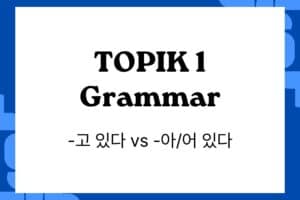
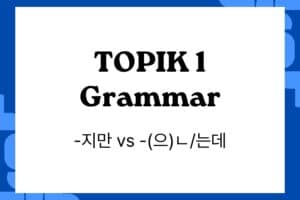

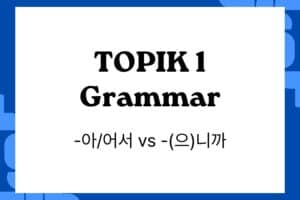







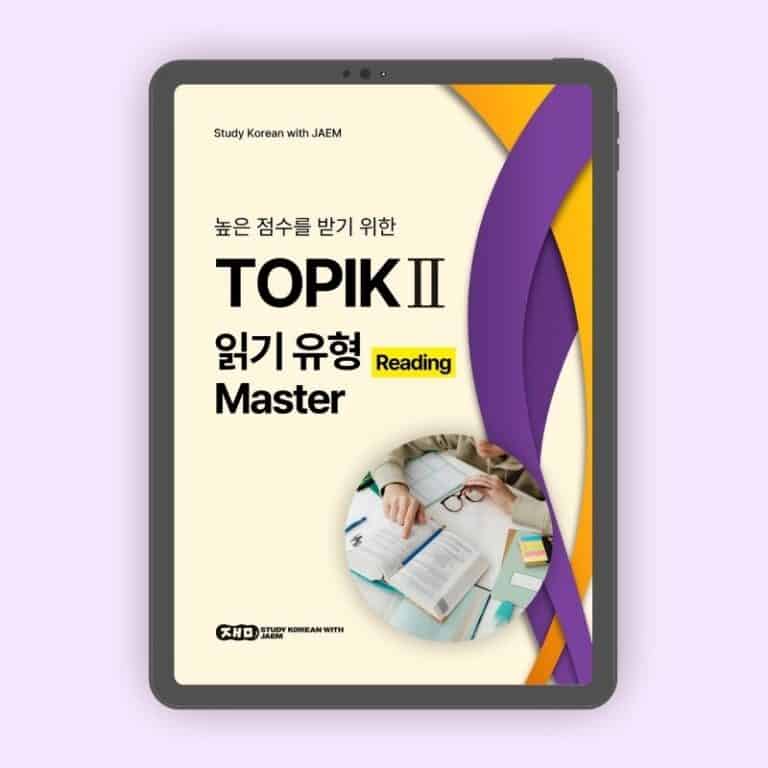

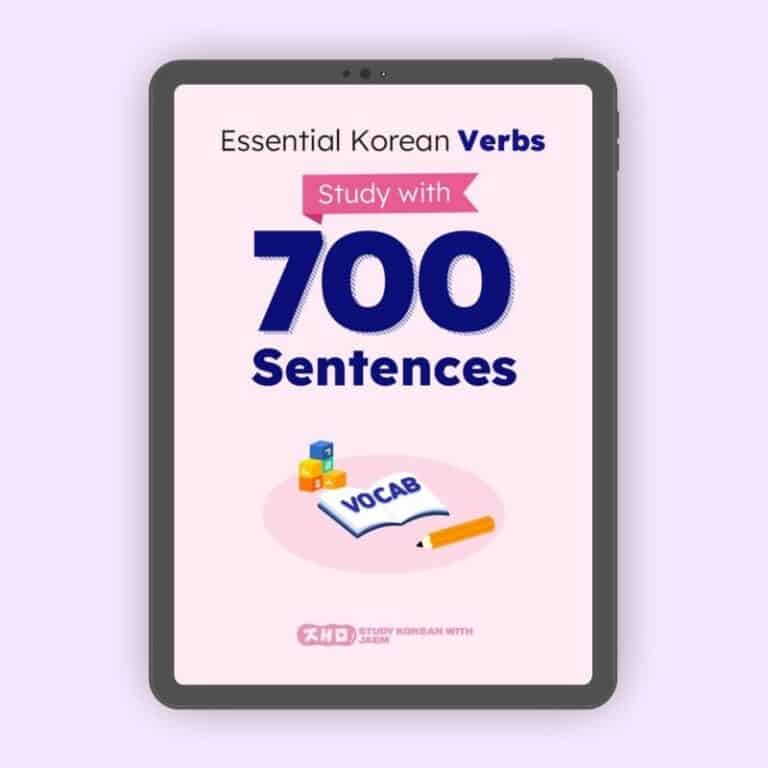




Responses